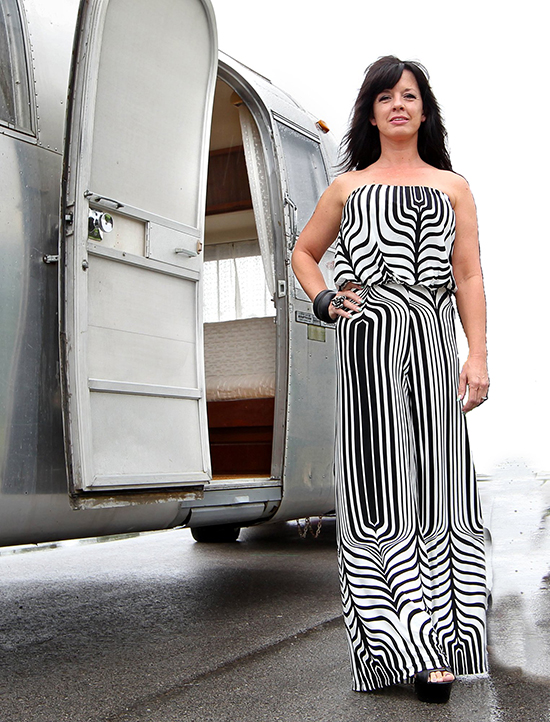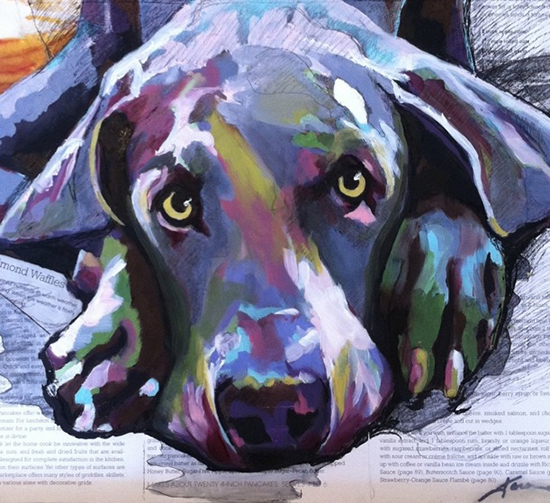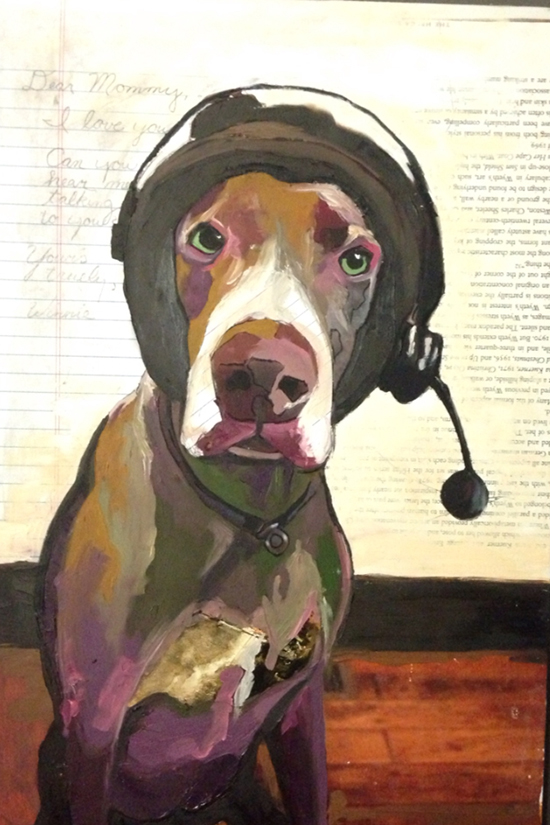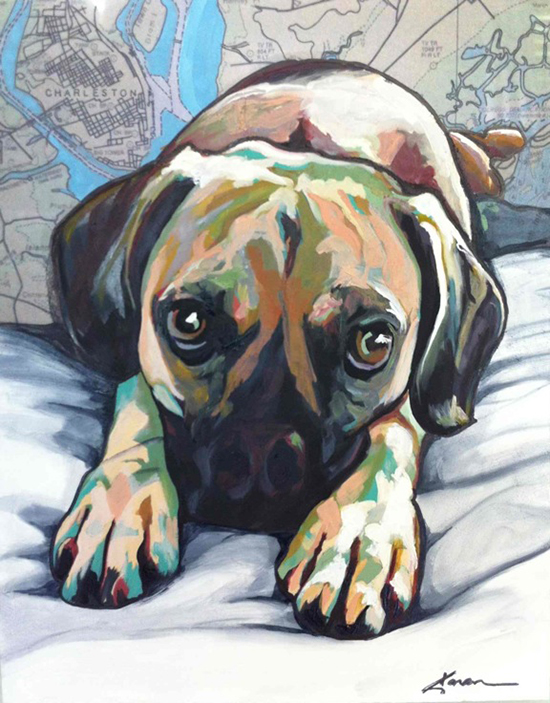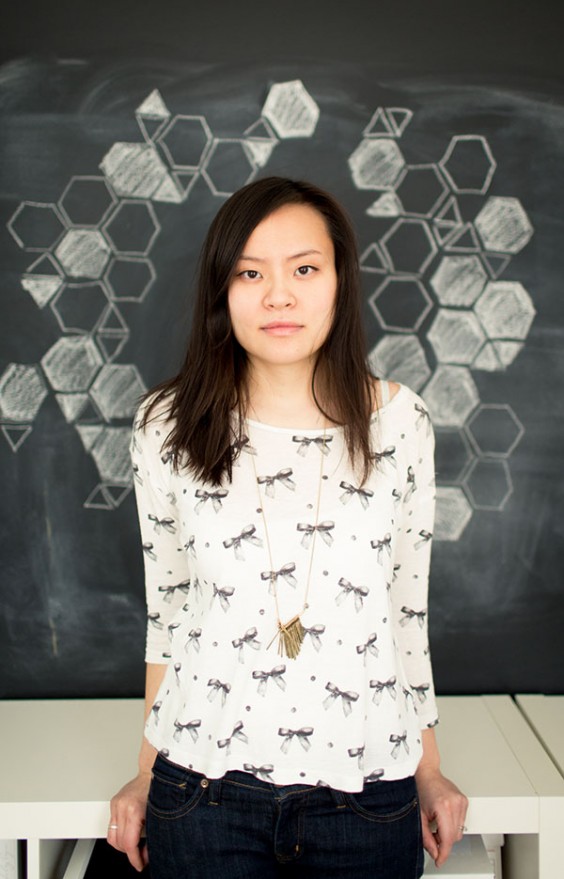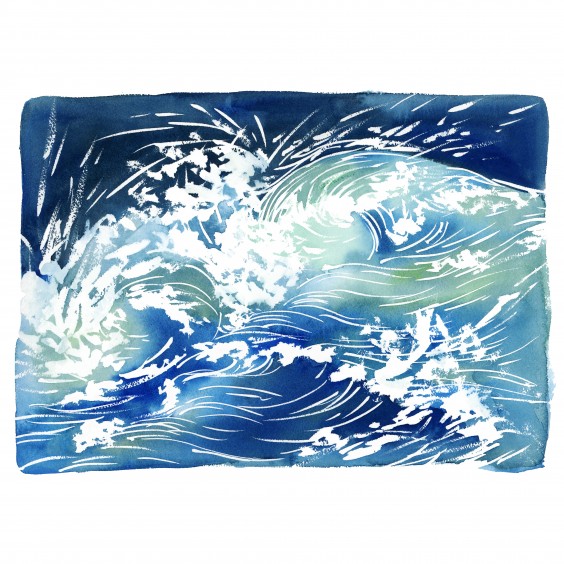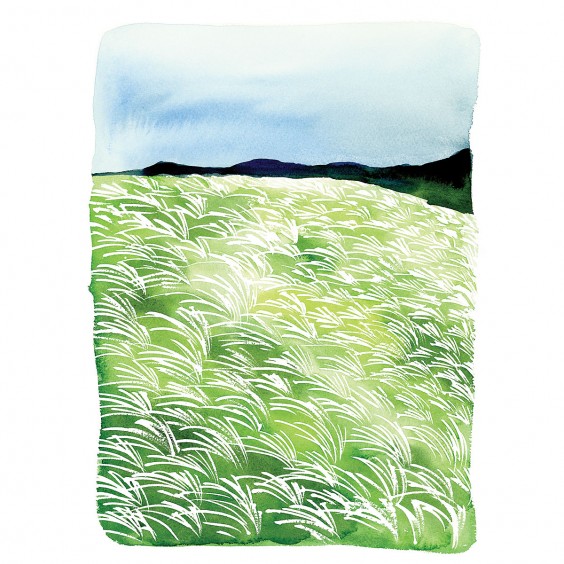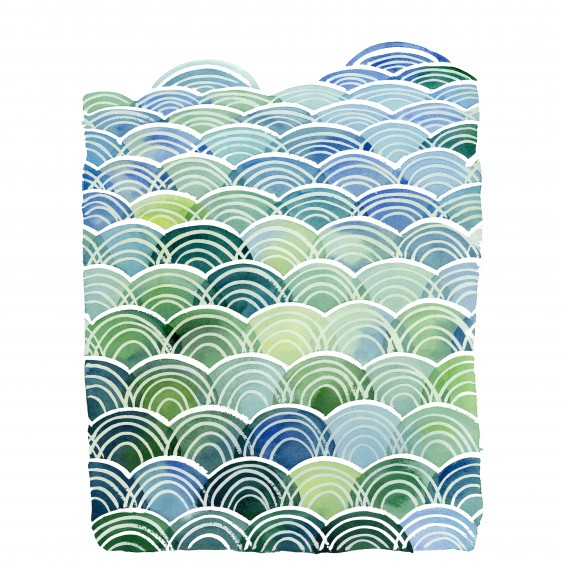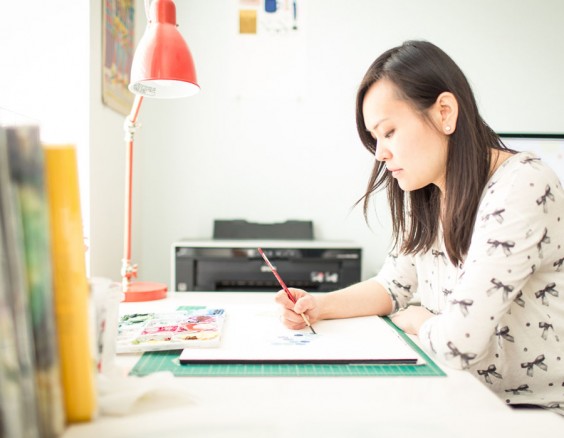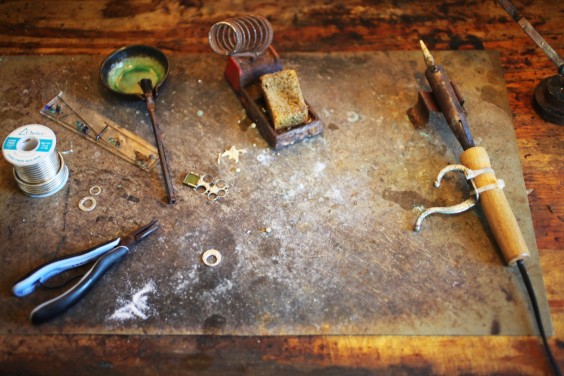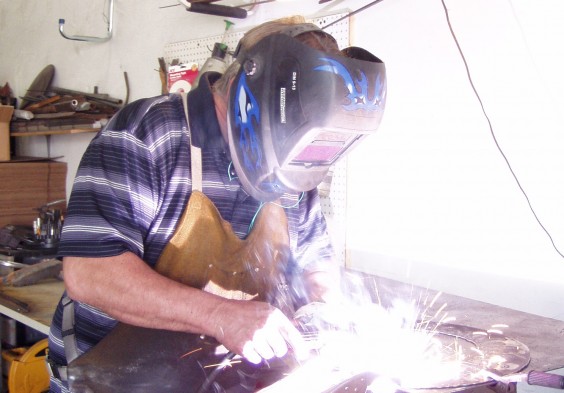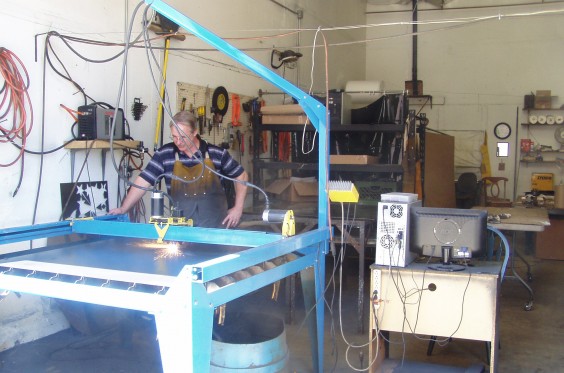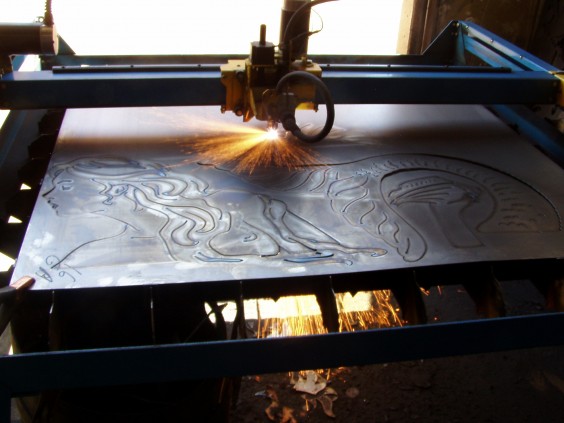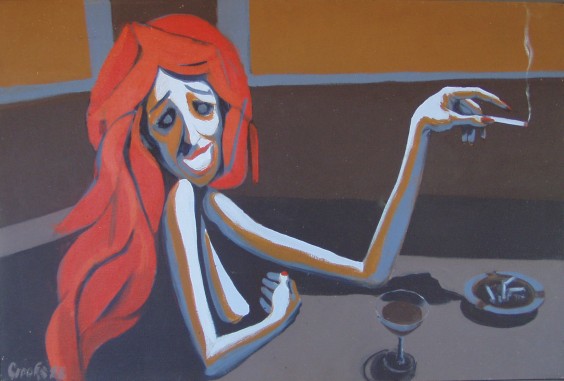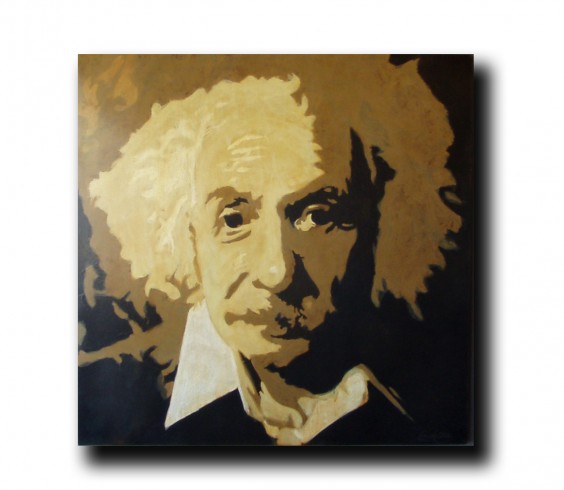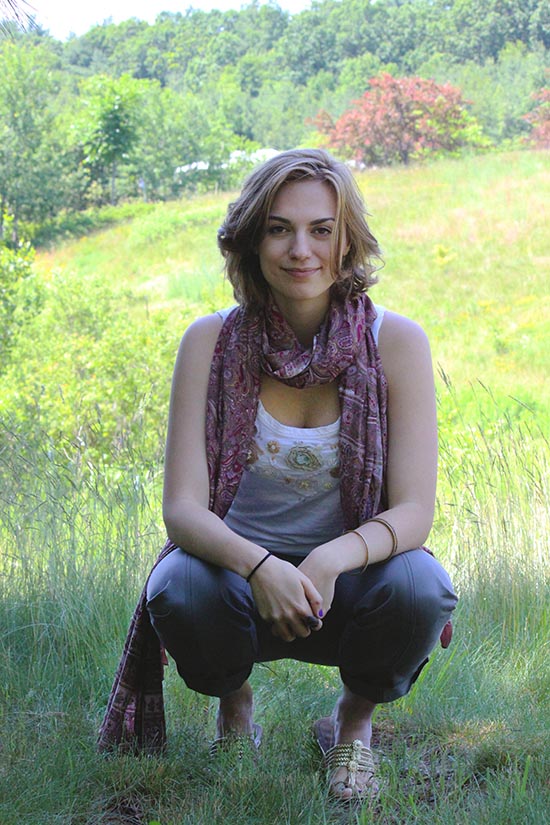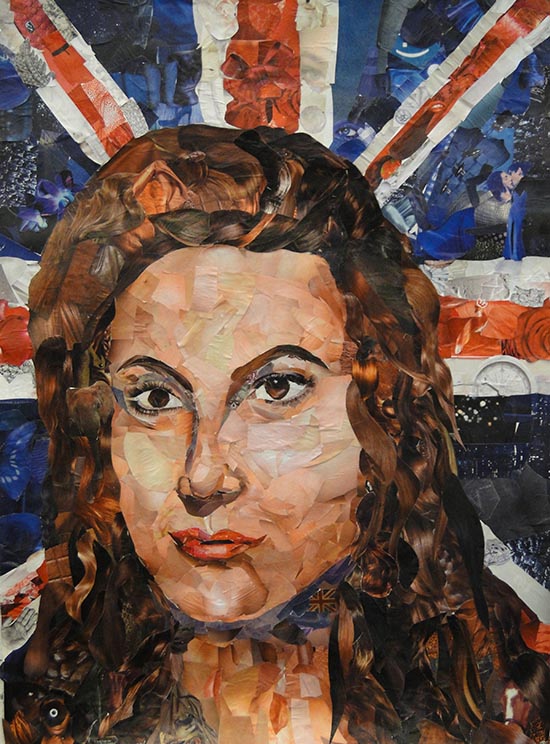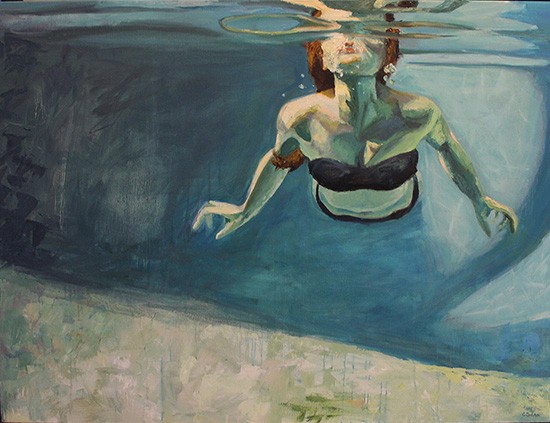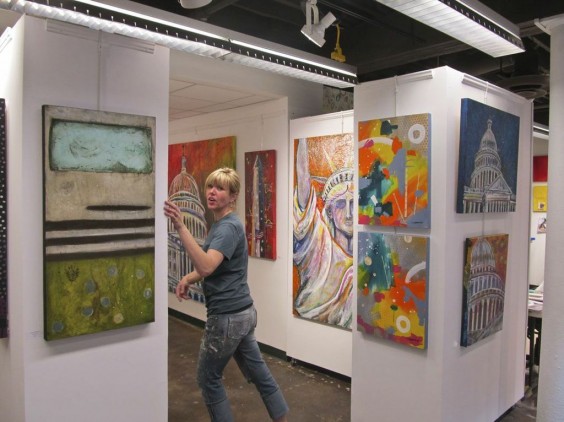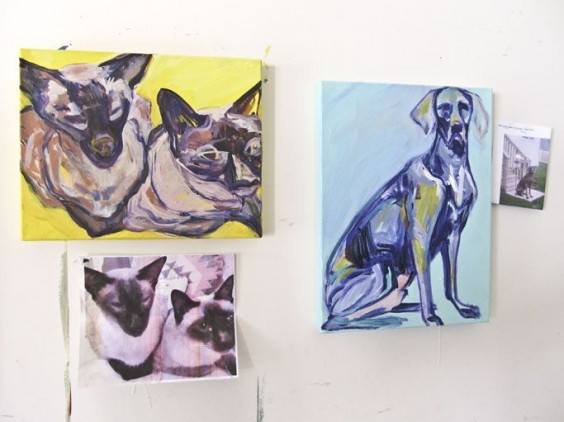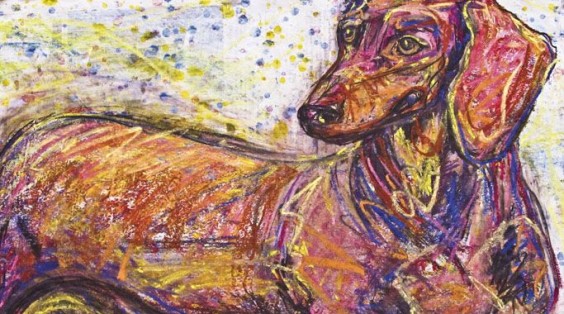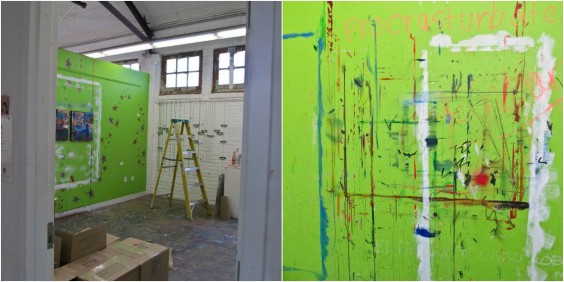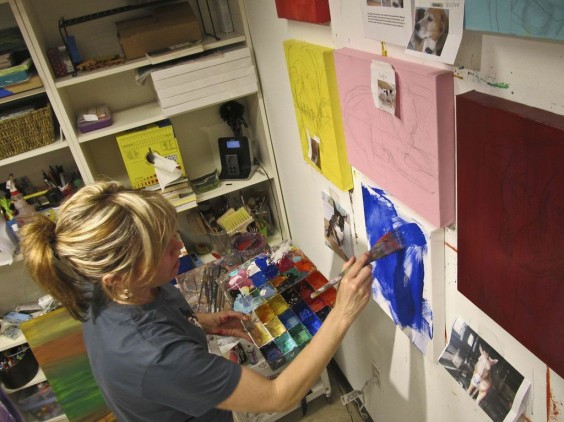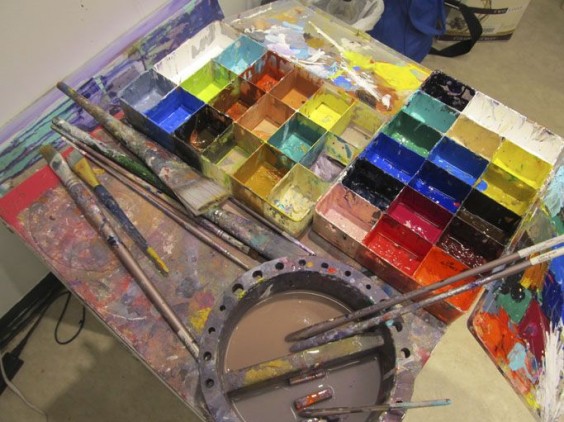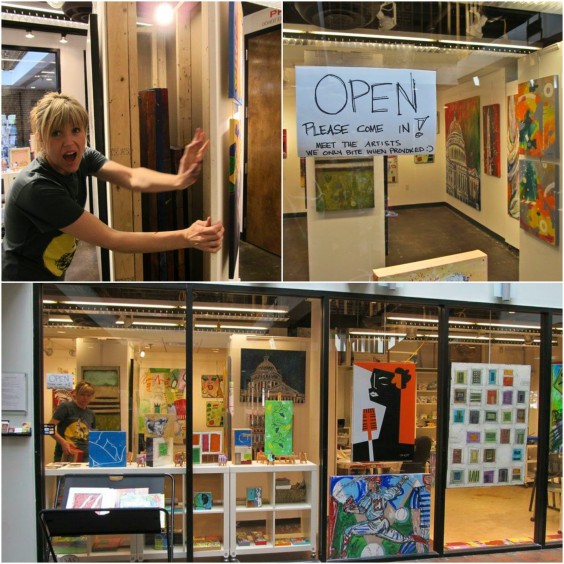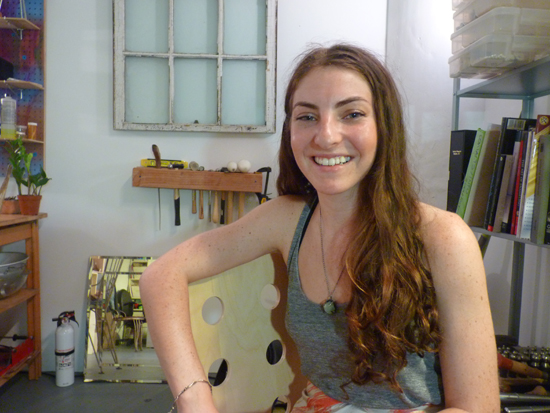
I would definitely consider it love at first sight. The moment I saw the ragged edges and claw-like setting of the Raw Gemstone Necklaces, I knew I wanted to meet the designer. (And get one for myself.) So I invited myself to her Long Island City office and studio for a meeting.
Whenever I meet one of our incredible artists, I try to find similarities between myself and these seemingly normal people making extraordinary things. Our artists can make us all feel so much from a necklace or a wine glass that it makes me wonder if there is some super-human element they possess. Finding a common ground might indicate some greatness within myself. So I always look for a connection.
With Emilie Shapiro, it’s the love of treasures -digging through her rock and shell collection, hunting for pieces in her grandmother’s jewelry box, rediscovering something others have overlooked and bringing it all back to her worktable to create something new – that keeps her ticking. I too share her love of found objects and breathing new life into them.
Meet Emilie, lover of found objects and handmade jewelry designer.
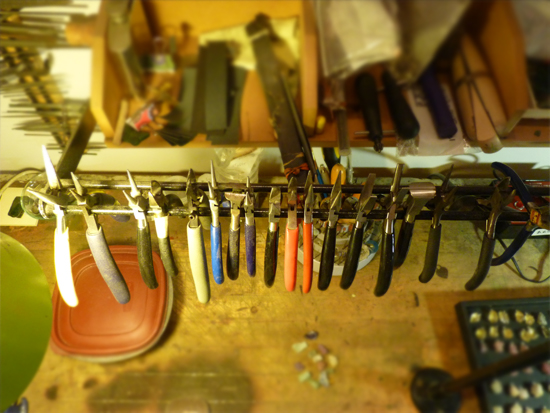

 01.
01.  01.
01.  01.
01. 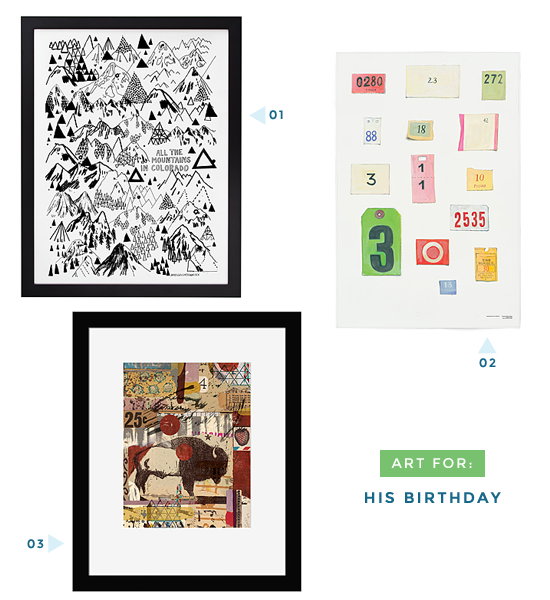 01.
01. 